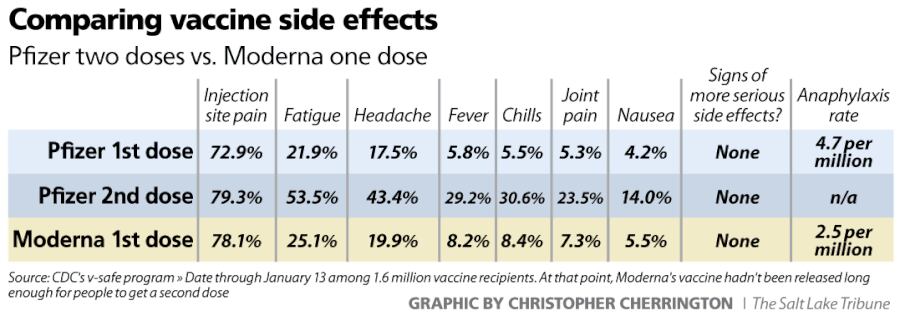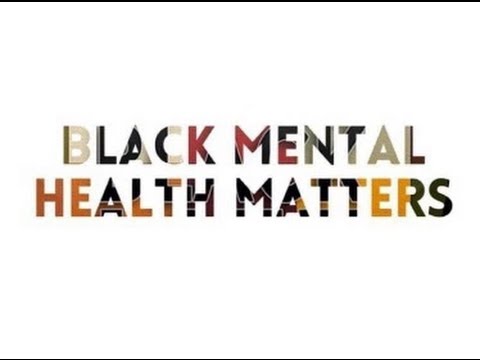By: Terrell George
One of the top questions on everyone’s mind as it relates to COVID-19 and the surge in Delta variant related infections is, whether or not getting a vaccine is safe and effective in preventing the risk of contracting the coronavirus? Concerns about the delta variant is putting COVID-19 on the forefront of everyone’s mind as it has spread to over 65 countries, making up more than half of all cases in the majority of those countries according to GISAID (GISAID is a database recording genetic sequences of the coronavirus). The Delta variant is what is also causing infection rates to exceed or even double the surges from the previous year. What is more important now, than ever, and what healthcare workers are trying to encourage are preventive methods to reduce the risk of getting infected. Looking back, prevention has always been a huge push but coupled with the spread of misinformation, presenting the facts is what Americans need to do to prevent COVID from becoming a part of everyday life.
Delta variant and history of coronavirus
We’ve all seen the numbers the media highlights about the infection rate of the Delta variant and simply put it’s 2x more contagious than previous variants. Here’s what you need to know: “The Delta variant causes more infections and spreads faster than early forms of SARS-CoV-2”(CDC, 2021). There have been other variants such as Gamma, first identified in East Asia; Beta, first identified in South Africa; and most recently the MU variant. The Mu variant, or B.1.621, is a variant “of interest” for epidemiologists, but more research needs to be done to identify its severity and infection rate. Though just because the delta variant is taking over the narrative, vaccination is still the driving force we all need to get behind.
Many Americans who are concerned that the COVID vaccines are not safe and effective, have not done their research. The COVID-19 vaccine seemed to come out quicker than expected. It is true the vaccine came in what seemed to be record time but it’s as a result of previous lessons learned. The FDA has been monitoring and amending vaccine research since the 2003 SARS (severe acute respiratory syndrome) and 2012 MERS (Middle East respiratory syndrome) epidemics, respectively. Both MERS and SARS were highly transmissible viruses emerging from the novel coronavirus.
Before SARS, the coronaviruses caused a variety of fatal diseases in animals. Scientists were already working on a spike protein to identify a vaccine. In fact, SARS 1 vaccine was developed in a lab at Walter Reed National Military Medical Center (where U.S presidents receive medical treatment). Funding was an issue to continue the development of a vaccine, but testing a vaccine also requires the disease to still be active. Frankly, the 812 deaths from SARS and 866 from MERS didn’t push pharmaceutical companies to invest in what was seen as a rarely used vaccine.
Which vaccines are available and how effective are they?
To date the current vaccines approved and authorized in the United States are: Pfizer-BioNTech, Moderna, and Johnson & Johnson/Janssen. These are all safe, effective, and considered to highly reduce risk of severe illnesses. With the Pfizer vaccine showing “efficacy of 95% at preventing symptomatic COVID infection after two doses” (Statnews, 2021). Moderna comes in second place at 94.1 percent according to Statnews. As of August 2021 the Food and Drug Administration (FDA) gave full approval of Pfizer-BioNTech vaccine for ages 16 and older.
To completely answer the question prior, are vaccines safe and effective in preventing the possibility of contracting covid-19? Yes.
Getting a vaccine does not guarantee you will not contract the virus, simply because none of the vaccines available in the United States or around the world provide 100% guaranteed protection. The CDC has stopped collecting data on breakthrough cases considering how rare it occurs. There are currently no states in the US with above 0.01 percent of COVID breakthrough cases.
What ingredients do these vaccines compose of?
I am sure someone reading this is on the fence about getting a vaccine because they don’t know what’s in it. I know this to be true because the Mayo Clinic is tracking U.S. COVID-19 cases and as of October 1st we have yet to reach the President’s goal of 80 percent inoculation –64.8% at least one dose; 56.3 fully vaccinated (Mayo Clinic, 2021). Even those vaccinated surely want to know what’s in the vaccine they took so here’s a comprehensive breakdown.
The great thing about this vaccine are the common everyday ingredients you can find in your home. What you will not find in the picture above is key ingredients found in the vaccine that helps the body fight the virus and develop immunity: mRNA or “spike protein.” Messenger ribonucleic acid (mRNA) is composed of proteins that trigger our immune system to fight against future infections. With the COVID-19 vaccine our bodies use spike proteins to create antibodies which specifically help fight
future infections. Getting the vaccine will only help our bodies fight future COVID and actively provide protection to our bodies today.
There’s also one difference with the Johnson and Johnson as it does not use mRNA but takes the virus found in common cold to communicate with COVID-19. The common cold or adenovirus doesn’t cause the cold but is created to communicate genetic information from COVID-19 to spike proteins. From there the spike proteins do the work of creating antibodies specific to fight COVId-19, should we ever become infected with the virus.
Are there COVID-19 vaccines for children under 12 years old yet?
COVID vaccinations for children under 12 have not received a green light from CDC or U.S. FDA. The good news is, considering Pfizer’s full approval it opens the opportunity to manufacture off-label use which potentially allows for young kids to get a vaccine. However, by the recommendations of the American Academy of Pediatrics who released a statement “discouraging clinicians to give the vaccines off-label to kids under 12” due to lack of evidence surrounding suitable dosage for children (CNBC,2021). Therefore, the recommendation is for children to wear masks in public spaces and the same for those who have yet to be vaccinated













